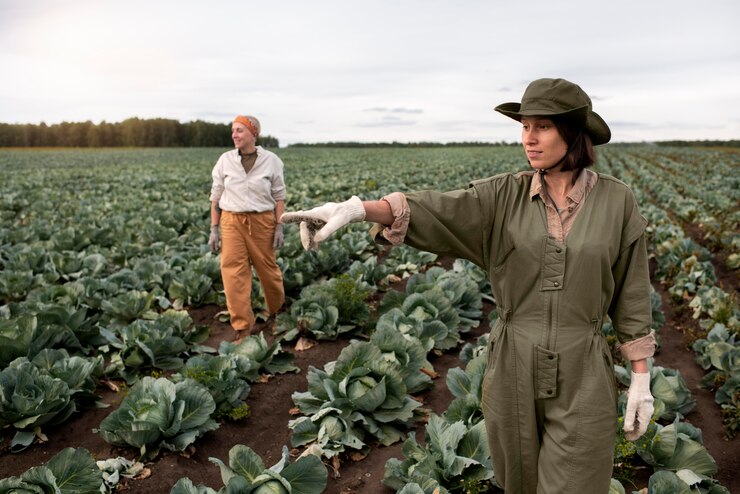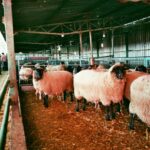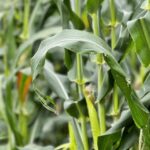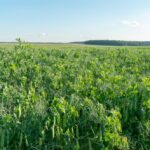Agriculture is one of the most hazardous industries, with farm workers regularly exposed to risks such as heavy machinery, chemicals, extreme weather, and unpredictable livestock. To minimize injuries and ensure a safe working environment, proper safety equipment is essential. Investing in protective gear not only safeguards workers’ health but also improves efficiency and productivity on the farm.
Common Farm Hazards
Farm work involves various risks that make safety equipment a necessity, including:
- Machinery Accidents – Tractors, harvesters, and other heavy equipment can cause severe injuries if not handled with care.
- Chemical Exposure – Pesticides, herbicides, and fertilizers pose health risks when inhaled or absorbed through the skin.
- Dust and Airborne Particles – Grain dust, mold spores, and animal dander can lead to respiratory problems.
- Livestock-Related Injuries – Handling large animals can result in kicks, bites, or trampling incidents.
- Extreme Weather Conditions – Sun exposure, extreme cold, and heavy rains can cause heatstroke, frostbite, or other health issues.
Essential Safety Equipment for Farm Workers
Providing the right protective gear reduces accidents and long-term health risks. Some essential safety equipment includes:
1. Protective Clothing
- Coveralls and Overalls – Protect against dirt, chemicals, and sharp objects.
- High-Visibility Vests – Improve visibility when working near moving equipment or in low-light conditions.
2. Head Protection
- Hard Hats – Protect against falling objects, low-hanging branches, and head injuries from equipment.
- Wide-Brimmed Hats or Caps – Provide sun protection and reduce the risk of heatstroke.
3. Eye and Face Protection
- Safety Goggles – Shield eyes from dust, debris, and chemical splashes.
- Face Shields – Provide extra protection when working with hazardous materials or grinding equipment.
4. Respiratory Protection
- Dust Masks – Prevent inhalation of grain dust, mold spores, and airborne pollutants.
- Respirators – Essential when handling pesticides and other harmful chemicals.
5. Hand and Arm Protection
- Gloves – Different types of gloves protect against various hazards:
- Leather gloves for handling rough materials and livestock.
- Rubber gloves for chemical exposure.
- Cut-resistant gloves for working with sharp tools.
6. Foot and Leg Protection
- Steel-Toe Boots – Prevent injuries from falling objects and heavy machinery.
- Rubber Boots – Ideal for wet conditions and protection from chemical spills.
7. Hearing Protection
- Earplugs or Earmuffs – Reduce noise exposure from loud machinery such as tractors, chainsaws, and grain dryers.
8. Fall Protection
- Safety Harnesses – Required when working at heights, such as in silos or grain bins.
- Non-Slip Footwear – Prevents slips and falls on wet or uneven surfaces.
The Benefits of Using Safety Equipment
- Prevents Injuries and Fatalities – Proper gear significantly reduces the risk of accidents.
- Improves Worker Productivity – Healthy workers perform tasks more efficiently.
- Reduces Medical and Compensation Costs – Fewer injuries mean lower healthcare expenses and less downtime.
- Ensures Compliance with Safety Regulations – Many regions have workplace safety laws requiring protective equipment.
- Promotes a Safety Culture – Encourages workers to prioritize safety and follow best practices.
Farm safety should always be a priority, and the right safety equipment is a crucial part of protecting workers from potential hazards. By investing in proper protective gear and training workers on its use, farms can create a safer, more productive environment. Safety equipment not only prevents injuries but also contributes to long-term sustainability and efficiency in agriculture.
Join 'Farmers Mag' WhatsApp Channel
Get the latest Farming news and tips delivered straight to your WhatsApp
CLICK HERE TO JOIN






